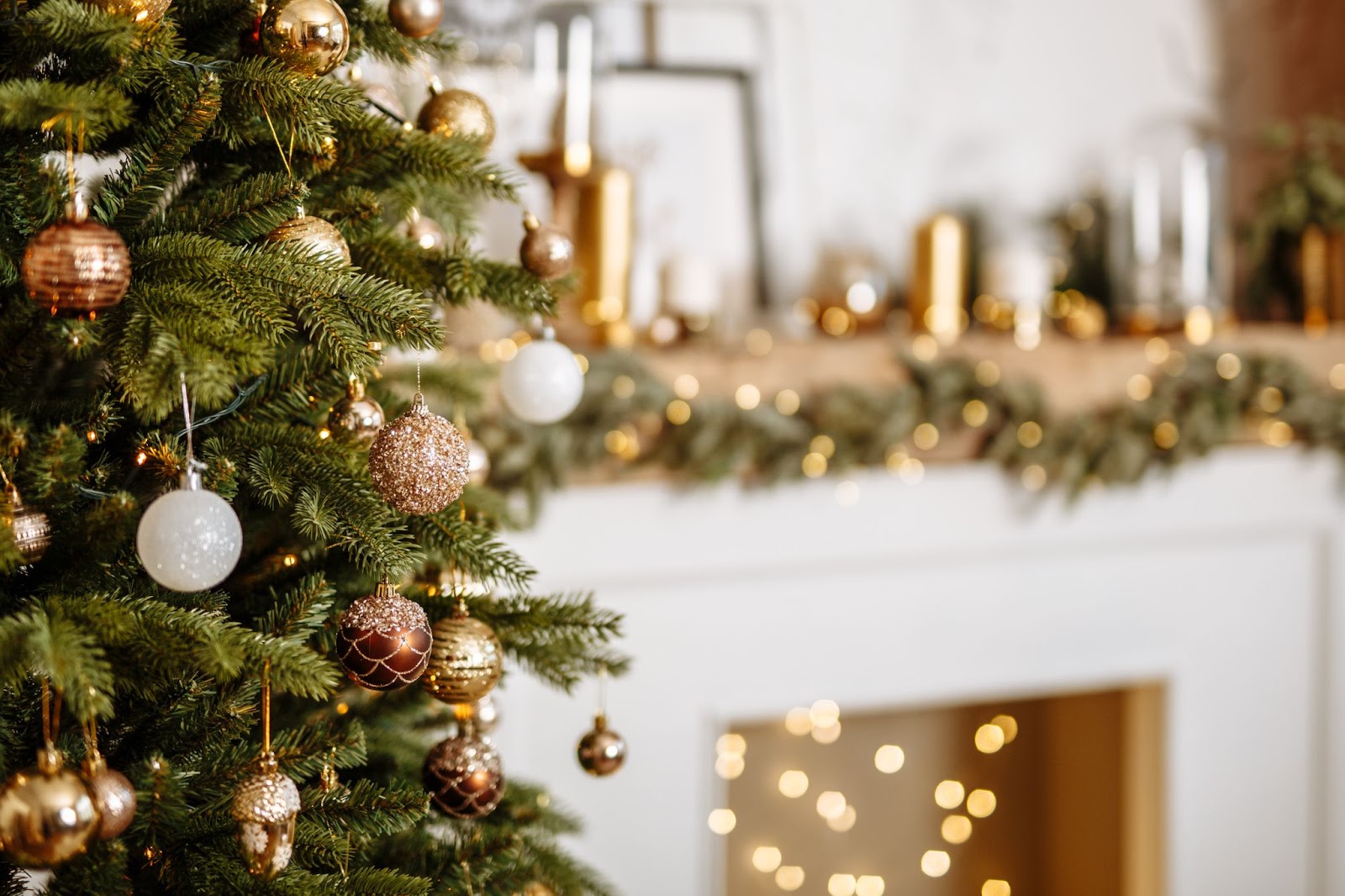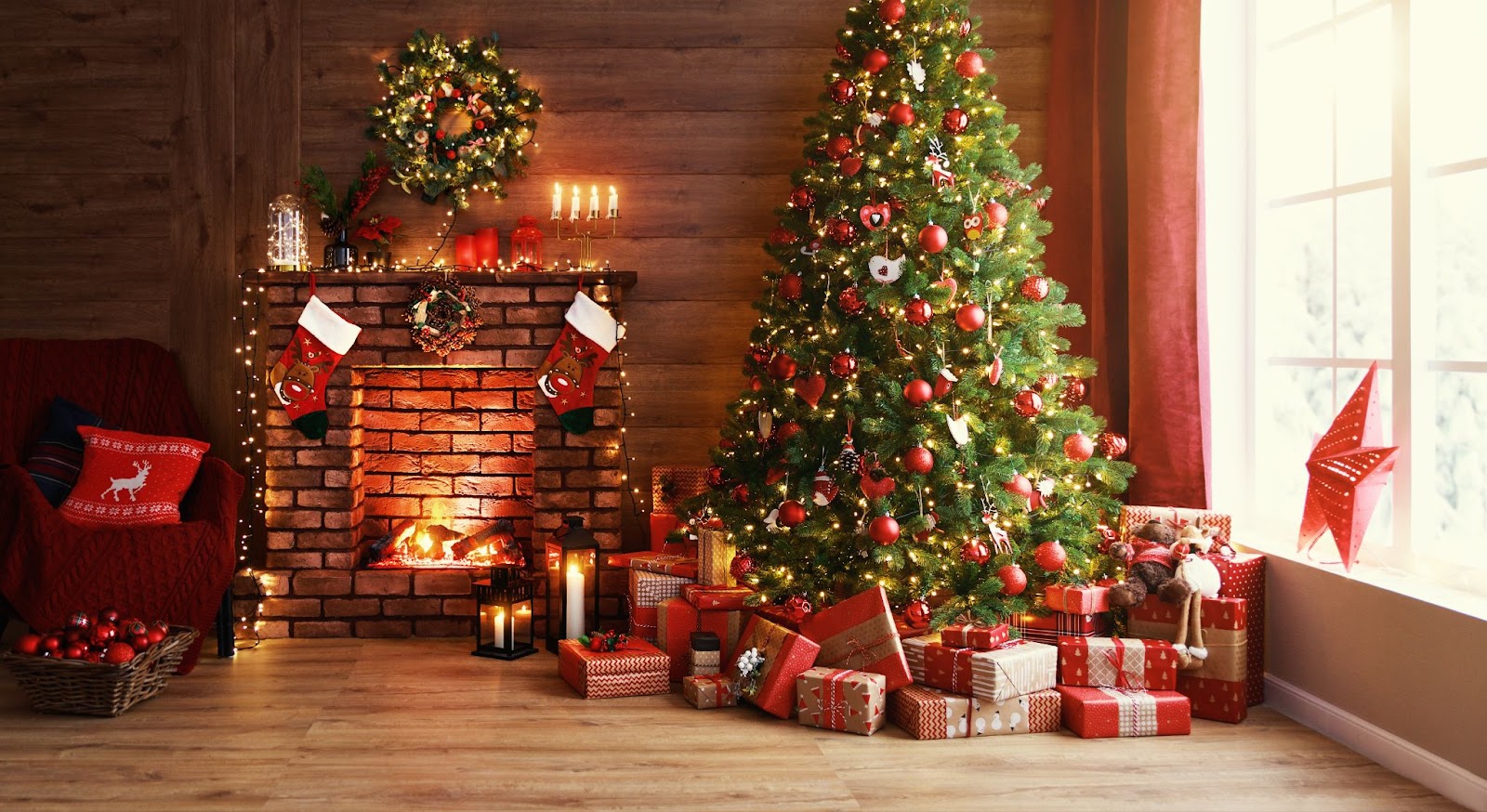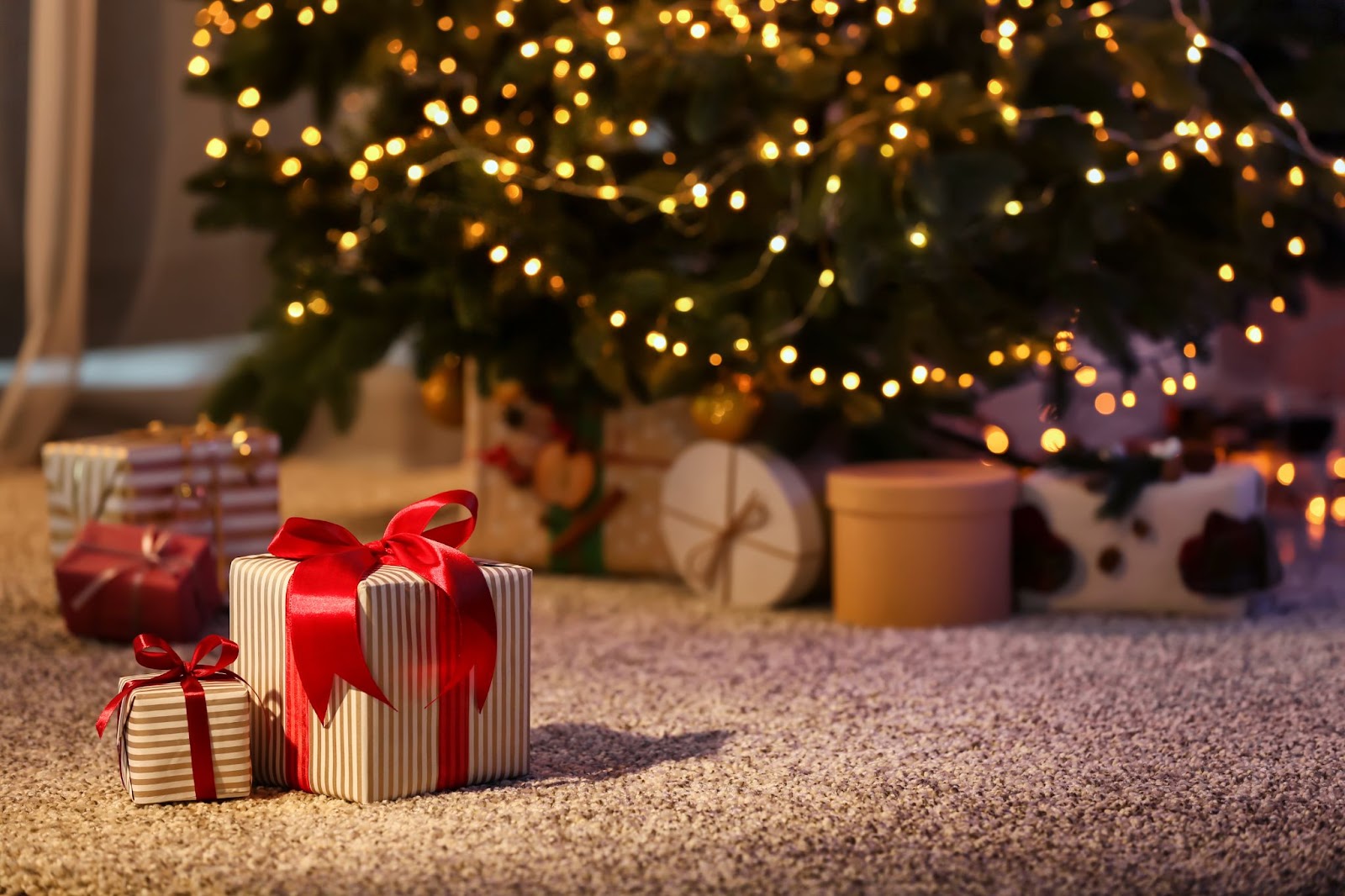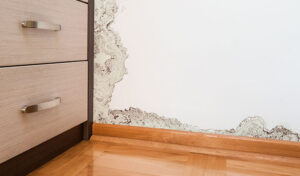Don’t let the spirit and fun of the season become ruined by accident; Christmas tree fires are a real issue that you need to keep in mind.
It’s the most wonderful time of the year for many. The stockings are hung, the halls are decked, and the Christmas tree is up and trimmed. These joyful and beautiful traditions bring such holiday spirit, but it’s important to remember that your Christmas tree, whether it’s real or fake, is a massive fire hazard in your home.
Fire hazards from Christmas trees are a primary concern during this time of year and are often brought on by several potential threats. According to a report by the National Fire Protection Association (NFPA), fire departments all across the United States respond to an average of 165 home fires where Christmas trees were the first thing to catch fire (more stats below).
Learn more about dry Christmas tree hazards and what you need to do to help keep you and your loved ones safe this holiday season below.
Fire hazards from Christmas trees: The statistics you need to know
We don’t want to dampen your holiday spirit, but it’s essential for those who celebrate to understand the fire hazards from Christmas trees. A major concern with this Christmas staple that many overlook is the real fire dangers they present. Christmas trees, real or fake, can catch fire, often due to an electrical malfunction, drying branches, or other accidents.
Statistically, Christmas tree fires are not super common; however, they do occur, and knowing how to prevent an accident is key. Here are the numbers reported by the NFPA that you need to know:
- Between the years 2016 and 2020, U.S. fire departments responded to an average of 160 home structure fires per year that started with a Christmas tree.
- These Christmas tree-related house fires caused an annual average of 11 civilian injuries, two civilian deaths, and more than $12 million in property damage.
- Christmas tree-related house fires have a greater incident rate or fatalities than the typical home fire.
- Home fires where the Christmas trees were first to ignite have, thankfully, followed a distinct downward trend over the last two decades. In 2007, there were 280 fires, 130 fires in both 2016 and 2017, and a small uptick with 180 fires in 2020.
- As you may expect, the majority of Christmas tree-related fires occur in December (41%) or January (33%).
- Nearly 44% of Christmas tree fires involve electrical distribution or lighting equipment issues, followed by 13% of fires involving heating equipment.
Christmas tree fires: Safety tips to keep you safe

Whether you’re still decking the halls or the Christmas cheer has come and gone, there are plenty of things you and your family need to do to keep spirits bright and safe. Here’s what you need to know about avoiding dry christmas tree hazards:
Pick a healthy tree
If you opt for a real tree, make sure you select one that is fresh. Find a tree with green needles that do not fall off when you touch the boughs. Needles should be flexible. A symmetrical shape is also a sign of a healthy tree.
Cut before you set
Before placing your live tree in its stand, saw off two to three inches from the base of the trunk to help your tree resume water uptake. When trees are cut at the farm and sit around at the lot for hours, days, or even weeks, they start to dry out. It doesn’t take long for resin to clog the water-conducting tissues within your tree.
Find a safe place to display your tree
The safest place for your tree, whether it’s real or faux, is at least three feet away from any heat sources, such as radiators, fireplaces, and heat lights or vents. Never put your tree in the path of an exit.
Keep your tree happily watered
To avoid dry Christmas tree hazards, it’s important to keep a close eye on your tree’s water levels. Add water to your tree stand whenever necessary. Most tree species consume more than a quart of water daily.
Test your smoke detectors
Before setting up your real or fake tree, make sure your smoke detectors are working properly and test them regularly.
Decking the boughs
A favorite tradition for many every year is lighting and decorating the tree, and doing so smartly and responsibly can help you avoid Christmas tree fires. Always use lights that are supported by qualified testing facilities. Remember that some lights are only intended for indoor or outdoor use, so choose accordingly.
Never use a damaged string of lights (i.e., broken or cracked sockets, bare spots, frayed wires, excessive wear), and always use the manufacturer’s suggestion on the number of strands to connect. Never use candles with real flames to decorate your tree. Lastly, ensure all your decor items are flame-retardant.
Responsible usage
Whether your tree is real or fake, always turn off your tree lights before leaving the house or going to bed to avoid Christmas tree hazards. Never connect more than three strands of lights (unless specifically indicated that it is safe).
Disposing of the tree
Now that the holly jolly day is over or once the tree is dry, it’s time to get rid of it. It is suggested that, if you cut down and decorate your real tree soon after Thanksgiving, it ought to be discarded the week after Christmas, not New Year’s Eve. Once the Christmas season is over, real trees are exceptionally dry and present a greater fire hazard.
Dry trees are a huge fire hazard and safety risk, and should not be kept in the home or your garage, nor should they be placed outside against your house. A lot of cities or communities have a tree recycling program you can utilize to ensure safe tree disposal.
Other winter safety tips to help avoid a property fire
Christmas trees aren’t the only culprit for house fires during this time of year. Here are a few other safe practices you should implement into your holiday season:
Holiday decorations
In addition to your tree trimmings, all other decorations should be flame-resistant or flame-retardant. Some lights are only meant to be used inside or outside, so make sure you use them how they are meant to be used. Use clips, not nails, to hang lights to ensure they do not incur unnecessary damage.
Gatherings and parties
Keep decor items away from windows and doors or in an exit path. Tell your guests your home fire escape plan, and keep kids and pets away from lit candles. Always stay in the kitchen when cooking with your stovetop. Make sure smokers go outside to smoke.
Total Flood & Fire is here to help with Christmas tree fires
The unfortunate truth is that Christmas tree fires are a real threat, but placing good and smart practices into place can ensure that you and your loved ones get all you want for Christmas.
In the unlikely event your home is affected by a Christmas tree fire, the trusted and skilled team at Total Flood & Fire Restoration is here to help you rebuild and restore your home to its former state.
Whether you’re dealing with primary or secondary damage, our knowledgeable and efficient team handles it all. We utilize innovative techniques and top-of-the-line equipment to get your property looking new again. At Total Flood & Fire, we understand the importance of working quickly to avoid and prevent further damage and aim to get you back into your space as soon as possible.
We also help property owners with a myriad of other issues, such as sewage damage restoration, mold removal, water and flood damage remediation, and more. We serve Salt Lake, Utah, and Davis counties.Contact Total Flood & Fire Restoration today!








